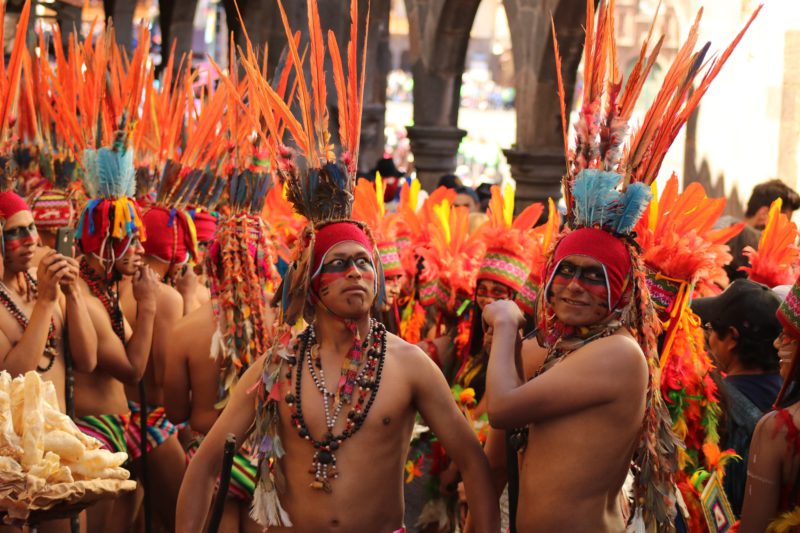It’s no secret: festivals are big in Latin America. Nothing in the world compares to experiencing the sheer extravagance of Rio de Janeiro’s euphoric Carnival or witnessing the ancient celebration of Inti Raymi up in the Peruvian Andes. Ready for an immersive experience like no other? Discover some of the biggest cultural celebrations from Mexico to Peru! Here are five different festivals in Latin America that will offer a truly unforgettable experience on your travels.
Day of the Dead (Día de los Muertos) — Mexico
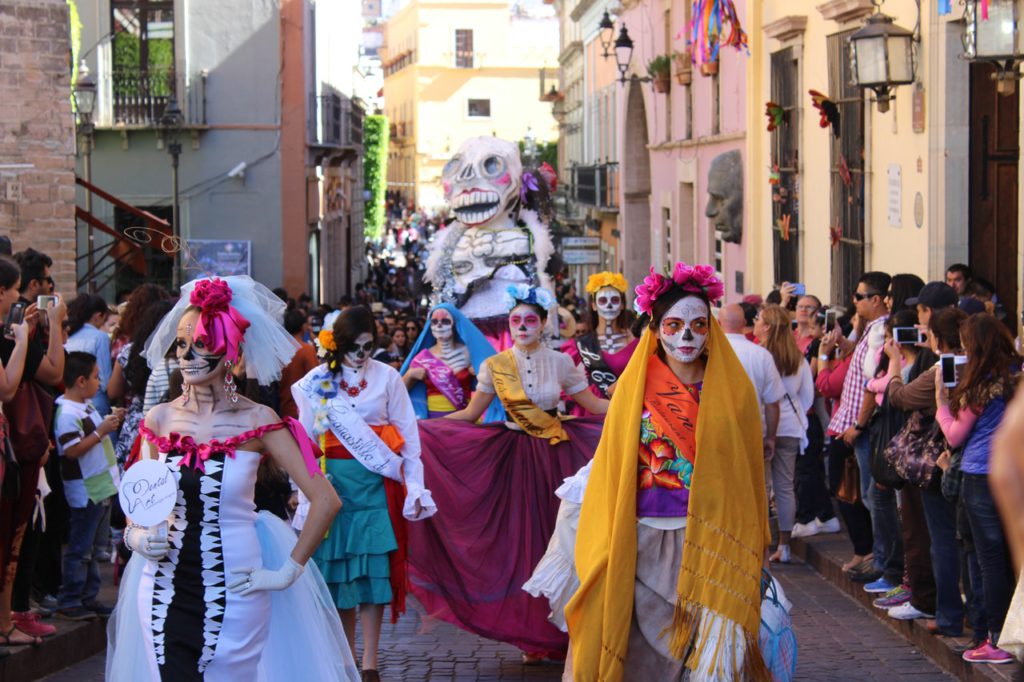
The Day of the Dead — Día de los Muertos — is a custom born out of a blend of ancient Mesoamerican ritual with Spanish culture and European religion. This lively holiday is marked throughout Latin America, though it is most strongly associated with Mexico where the traditional practice of celebrating the dead originated.
Indigenous peoples like the Aztecs and the Toltecs did not consider death the end of one’s existence but instead believed death to be simply another chapter of life. The festival of Día de los Muertos melds this belief with the Christian holiday “All Saints Day”, culminating in a truly unique celebration. It is believed that during the Day of the Dead, the border between the real world and the spirit world dissolves, allowing the souls of the dead to return to the world of the living to feast, drink, and reunite briefly with their loved ones.
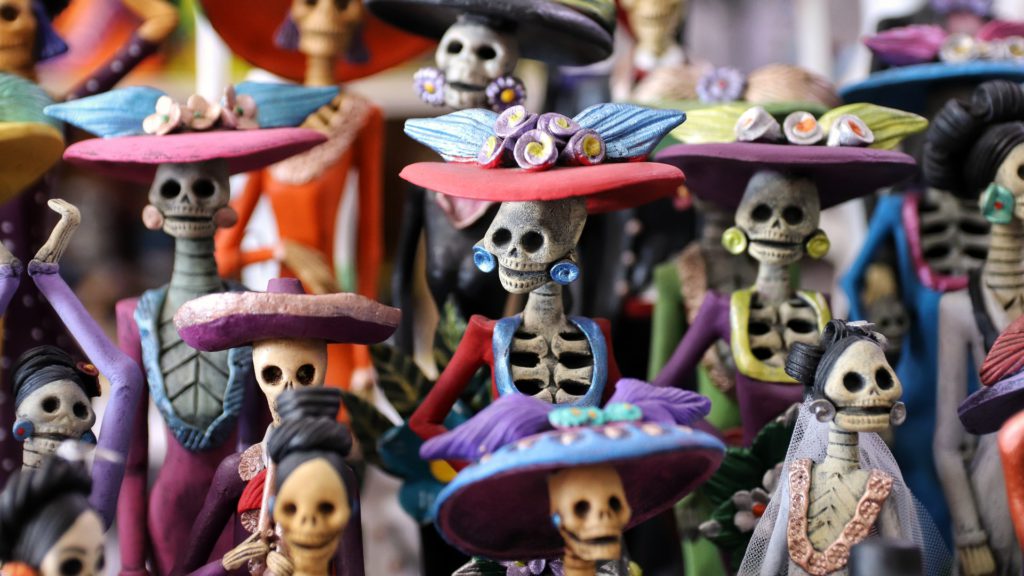
When to go and what you’ll see
Día de los Muertos is typically celebrated each year from October 31 to November 2. While this period coincides with Halloween and the two holidays do share some similarities in the form of costumes and parades, visitors to Mexico shouldn’t confuse the two. During the celebration, families treat the deceased as honored guests, leaving offerings such as the deceased’s favorite food and drinks at gravesites or creating private altars (ofrendas) at home.
On the streets, you’ll encounter prominent symbols like calaveras (skulls) and calacas (skeletons). During festivities, you will see people dressed up in brightly-colored traditional outfits adorned with painted skull masks and eating skull-shaped sugar candy.
How to plan your vacation around Día de los Muertos
If you plan to visit Mexico during the Día de los Muertos celebrations, you must first decide where to go. Each city or village will have its own customs and ways of honoring the dead.
If you truly want to see the Day of the Dead at its most atmospheric, you must head to Oaxaca, where the festival takes on a life of its own — marigold garlands adorn the streets, marching bands accompany parades of jumbo-sized papier-mâché skeletons, extravagant decorations flood the doorways of homes, and a cacophony of fireworks summon the dead to come party.
Outside Oaxaca, festivities are particularly colorful in Mexico City, where the elaborate Day of the Dead parade (apparently inspired by that one scene in the 2015 James Bond film Spectre — yes, seriously) has become a major draw. In the Yucatan Peninsula, you’ll find that the locals celebrate Hanal Pixán, the Maya version of the Day of the Dead, during which festivities are also traditionally held in the streets and cemeteries.
Carnival — Rio de Janeiro, Brazil
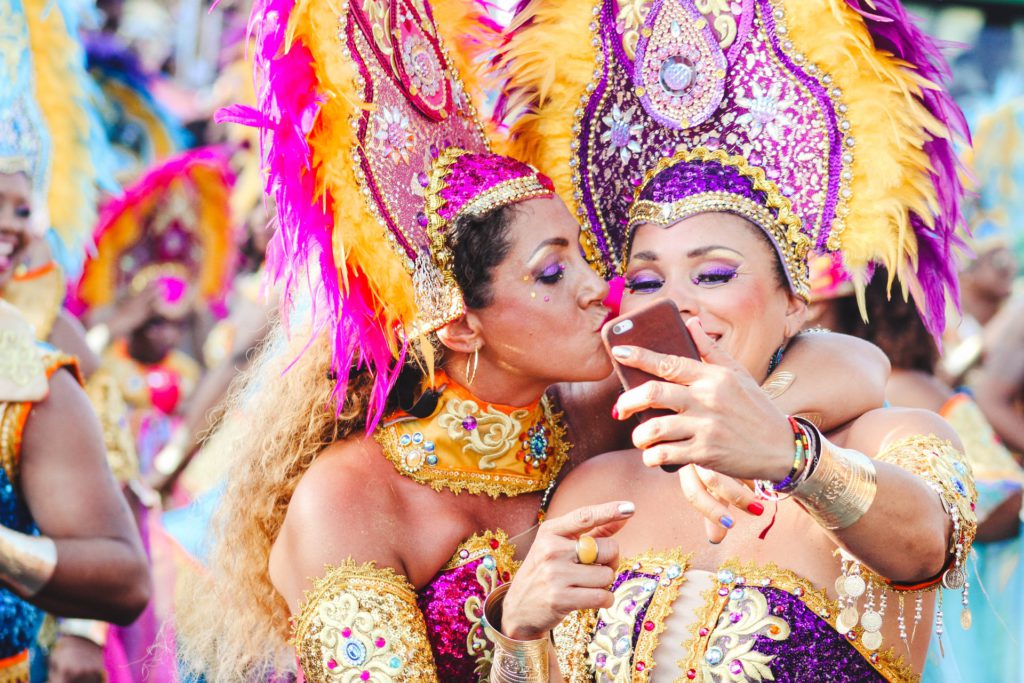
Carnival (or “Carnaval” in Portuguese) is one of the most iconic festivals in the world. Not hard to believe, since it is widely celebrated in over 50 countries worldwide every year. The festival’s religious origins and far-reaching history mean that it’s certainly possible to get into the Carnival spirit almost anywhere. For a taste of some of the festivities in action, you’ll want to head to the most popular tourist cities to see Carnival in full swing. Cities like New Orleans, Port of Spain in Trinidad and Tobago, Santa Cruz de Tenerife in Spain, and Mazatlán in Mexico throw some incredible parades. However, if you’re really looking for the wildest Carnival of all, get yourself to Rio de Janeiro.
Considered the biggest festival in the world, the Rio Carnival saw seven million revelers in the city in 2019! And with samba school parades bursting with giant floats, dancers in elaborate costumes, and colorful choreographed performances, it’s a visual feast that sets the scene for this huge event.
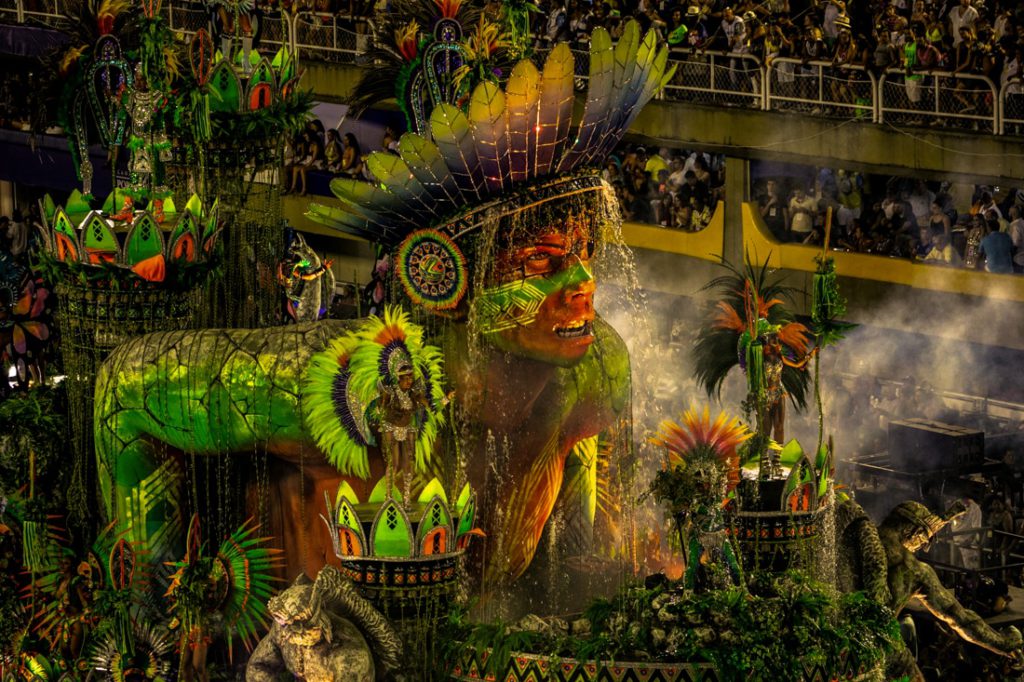
When to go and what you’ll see
Carnival begins on the Friday before Lent and ends on Ash Wednesday. The event is all about the mega-huge, ultra-colorful samba school parades, which take place in the purpose-built Sambadrome, so you’ll want to snap up your tickets well ahead of time if you plan on catching one of these extravagant parades.
Of course, the Sambadrome parades are not the only thing to see! Free street parties, known as “blocos”, are also common during the celebration, with irresistible music and dance taking the city by storm.
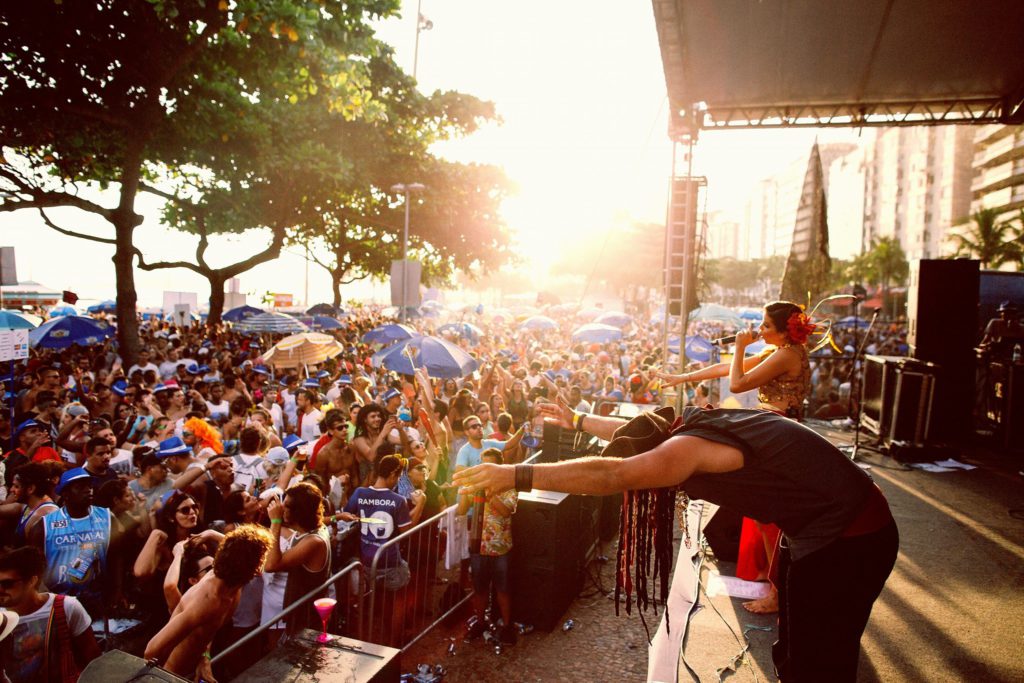
How to plan your vacation around Rio’s Carnival
If you plan to catch the Carnival celebrations in Rio de Janeiro, you’ll want to get your tickets to see the parade several months before the actual event. Tickets are largely sold on a first-come, first-served basis, so you’ll want to snap them up quickly. Decide which sector you’d like to view the parade from — you’ll find everything from basic grandstand tickets to box tickets and lounge tickets. Once you have a plan set, don’t hesitate when the tickets go on sale!
Carnival also gives you the chance to explore other parts of the city, so be sure to check out the best of Rio de Janeiro’s sights, including the famous Christ the Redeemer statue sitting atop Mount Corcovado and the grand Sugarloaf Mountain, scalable by cable car.
Festival of the Sun (Inti Raymi) — Cusco, Peru
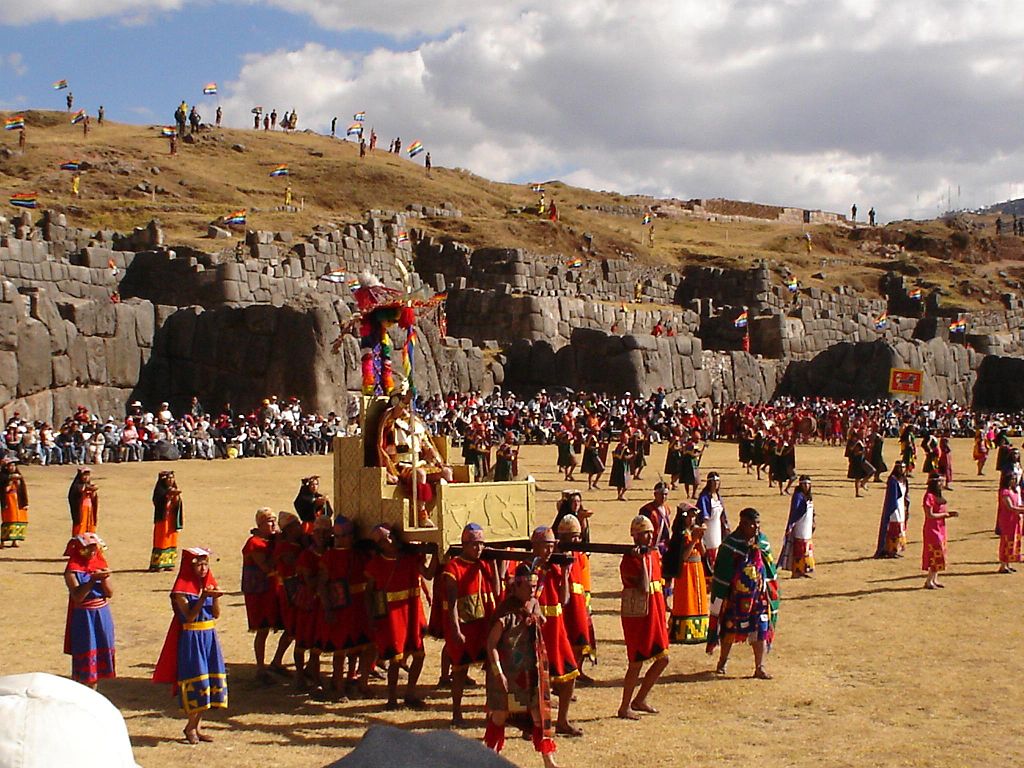
Peru is not just famous for its astonishing rainbow mountains, delicious Peruvian cuisine, and Machu Picchu; the country boasts a plethora of unique cultural festivals that attract plenty of visitors each year. The most famous is perhaps Inti Raymi, the Festival of the Sun.
Dating all the way back to Peru’s magnificent Inca Empire, Inti Raymi is a celebration of the winter solstice in tribute to the ancient Inca Sun God known as Inti. Historical records have traced its origins to the year 1412, when the first Inti Raymi took place. In 1535, the Catholic Church and Spanish colonizers banned the festival. It wasn’t until 1944 that Peru saw a modern revival of the festival.
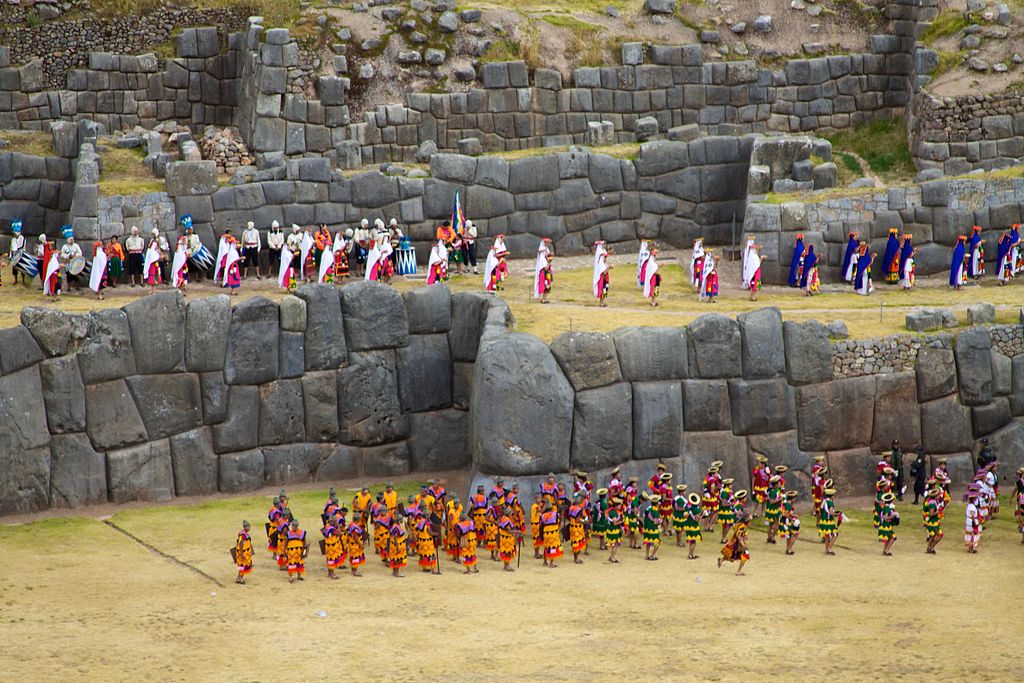
When to go and what you’ll see
Inti Raymi is celebrated at the beginning of the Inca New Year, during the Southern Hemisphere’s winter solstice, and usually falls around June 24. The festival spans nine days and is traditionally filled with colorful processions, dances, and music. Before the festivities, hundreds of actors, singers, and dancers from the four provinces of the former Inca Empire will gather in Cusco for the re-enactment of the Inti Raymi rituals. The coveted roles of the Sapa Inca and his consort Mama Oclla are carefully chosen from the most talented performers to portray the nobility of the emperor and empress.
The ceremony commences at Coricancha where the Sapa Inca will address the rising sun. From there, the procession will make its way through the center of Cusco and reach the ruins of Sacsayhuaman where the main ceremony takes place. Here, several customs are observed and rituals are performed. The ceremony culminates in the sacrifice of a single white llama (these days usually done as a realistic stage act), with a faux bloodied heart presented in honor of Pachamama (Mother Earth).
How to plan your vacation around Inti Raymi
As Inti Raymi usually falls around the third week of June, it makes for a fantastic and eye-opening Peruvian summer vacation experience. If you plan to see the main ceremony take place at Sacsayhuaman, you’ll find grandstand seating sold on a first-come, first-served basis, which means booking this well in advance (preferably through a local guide) is your best bet to getting seats.
While you’re in Cusco, we also suggest making the most of your stay by hitting the Inca trail to see the magnificent ancient city of Machu Picchu, and visiting the many sites of the Sacred Valley as well. Need inspiration? Explore some of our fantastic Peruvian adventures.
Fiesta de la Candelaria — Puno, Peru
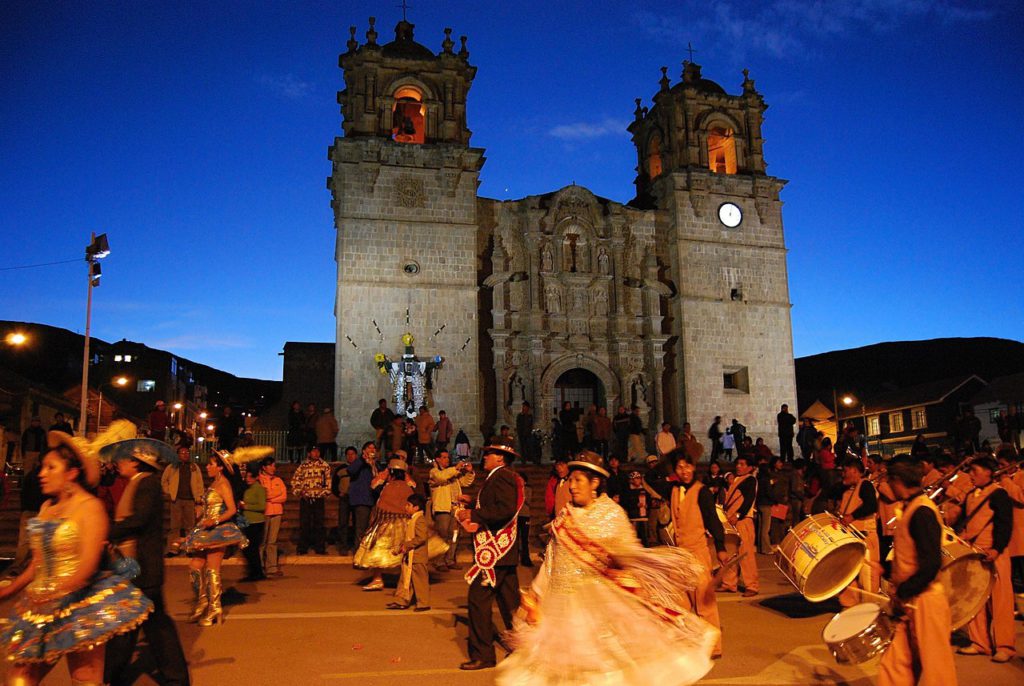
Fiesta de la Candelaria usually spans the first two weeks of February. It is celebrated in Puno, South Peru. This is a colorful festival full of culture, costumes, dance, and music, and it brings together the Catholic faith and Andean religion in tribute to the Virgin of Candelaria. Representing fertility and purity, the Virgin of Candelaria is the patron saint of the city. Additionally, she is strongly associated with the revered Andean goddess Pachamama. This connection to both religions is highlighted in the festival, and in 2014, UNESCO declared Peru’s Fiesta de la Candelaria an Intangible Cultural Heritage of Humanity.

When to go and what you’ll see
Fiesta de la Candelaria takes place over several days, typically from the start of February until the end of the second week of the month. Catholic and Andean traditions come together in the form of masses held in honor of the Virgin of Candelaria, with a colorful procession of up to as many as 50,000 dancers and 15,000 musicians of the Aymara and Quechua ethnic groups taking part to perform impressive choreographies and display ancestral costumes.
How to plan your vacation around Fiesta de la Candelaria
This is an event that attracts thousands of local and foreign visitors each year, so you’ll want to plan your trip accordingly. Visiting Puno to see this grand festival provides a great opportunity for you to discover some of the most incredible sights on a broader tour, including the legendary Lake Titicaca (the largest high-altitude lake on Earth) and the indigenous Uros people that live on its floating reed islands.
Feria de las Flores (Festival of Flowers) — Medellin, Colombia

Feria de las Flores is a gloriously colorful annual festival that blends a beautiful explosion of color, fresh blooms, and culture across the streets and parks of Medellin, Colombia. But why flowers? The answer is simple. The region of Antioquia, located in northwest Colombia where Medellin is its capital, dominates as one of the largest producers of cut flowers in the world. With its ideal climate — abundant sun, regular rain, and year-round spring temperatures — the mountains are forever overflowing with an excellent variety of blooms. Fun fact: more than half of cut flowers imported into the US come from Colombia!
With such a prolific flower industry, it’s no wonder Colombia holds such a grand flower festival every year. This is an event that has been part of Antioquia’s culture for over half a century, with its beginnings traced back to the small mountain town of Santa Elena.
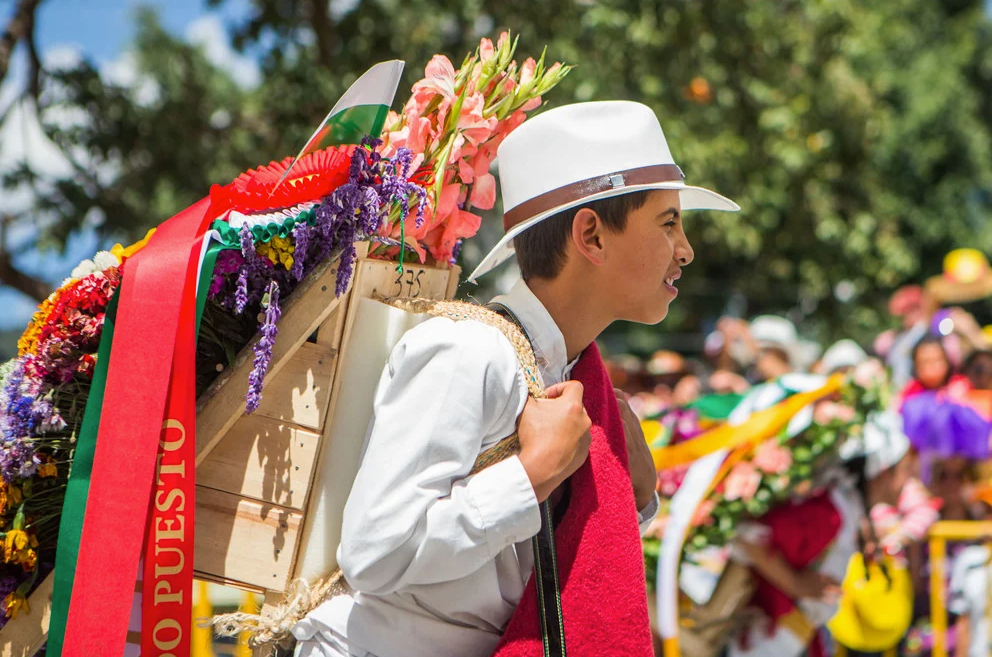
When to go and what you’ll see
The Feria de las Flores takes place every year in late July and early August. During this time, the parks and streets of Medellin burst with impressive flower displays in a multi-day celebration that involves a plethora of exciting events. These events include a parade of classic automobiles, a procession of Paso Fino horses, musical concerts, and of course, the silleteros (flower vendors) who carry their precious flower-filled silletas (wooden contraptions with handles) down the street to show off their beautiful blooms.
How to plan your vacation around Feria de las Flores
Every year before the festival, Medellin’s Town Hall will release a large program detailing the day-to-day events of the festival. From past celebrations, this has proven to be a genuinely impressive document that lists and describes dozens (if not hundreds) of different events that take place within the 10-day span of the flower festival. Attempting to check out every event will be impossible unless you can be everywhere in the city at once, so be sure to plan where you’ll be in advance.
Medellin is also a hotbed for sightseeing and city exploration, so don’t forget to take the time to discover Colombia’s second-largest city to the fullest.
About TourHero
TourHero is a social travel platform that enables you to travel with like-minded people and fall in love with the journey. We work closely with handpicked local operators to ensure every experience curated is unique and exclusive to your travel group. Come with us on epic adventures and create memories that last a lifetime. Get started here!
